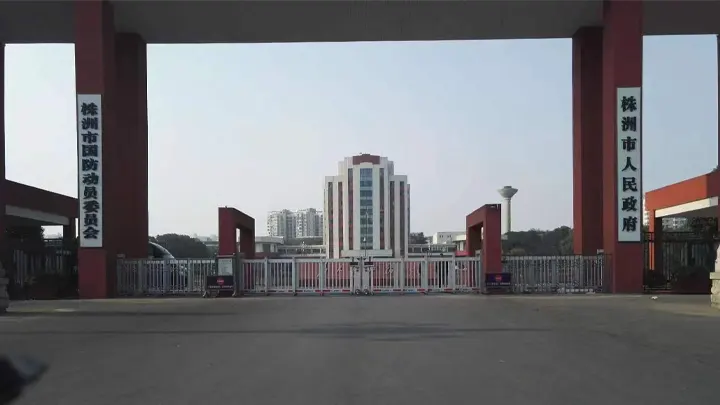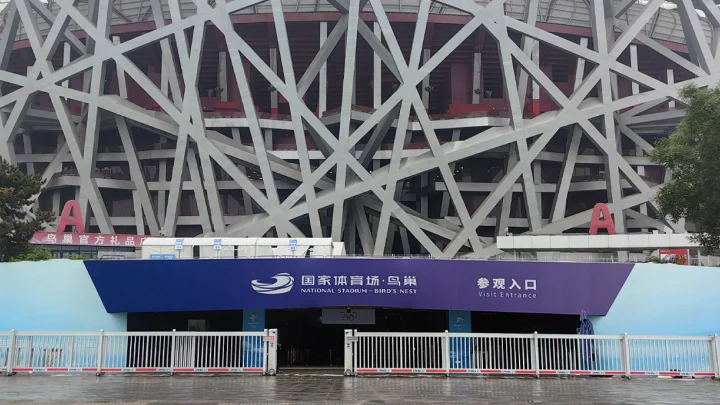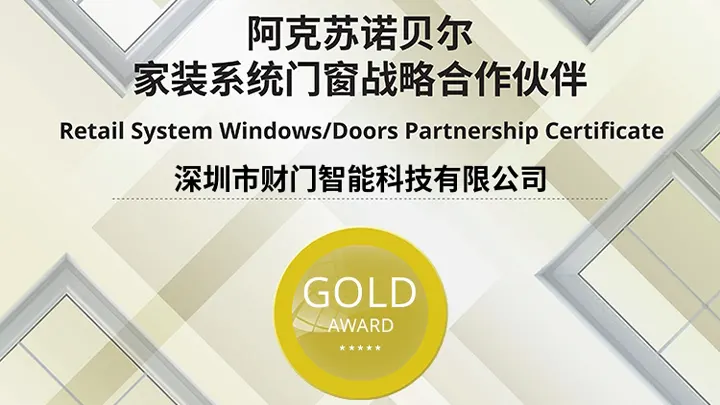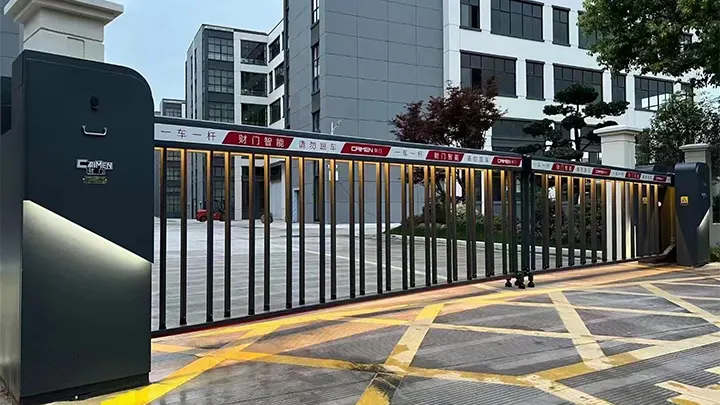Security Gate For Public Institution

Caimen Security gates for public institutions are essential for ensuring safety, controlling access, and maintaining order in high-traffic or sensitive areas. These projects involve the design, installation, and integration of advanced security gate systems tailored to the specific needs of public facilities such as government buildings, schools, hospitals, transportation hubs, and cultural centers. Below is a detailed description of the key aspects of such projects:
Project Objectives
- Enhance Security: Prevent unauthorized access and protect people, assets, and sensitive areas.
- Streamline Access Control: Manage the flow of pedestrians and vehicles efficiently.
- Ensure Compliance: Meet safety and security regulations for public institutions.
- Integrate Technology: Combine hardware and software solutions for seamless operation.
- Provide Durability: Use robust materials and designs to withstand heavy usage and harsh conditions.
Key Components of the Project
- Gate Types:
- Pedestrian Gates: Turnstiles, optical barriers, or flap gates for controlled entry and exit.
- Vehicle Gates: Boom barriers, sliding gates, or rising bollards for managing vehicle access.
- Hybrid Gates: Systems that accommodate both pedestrians and vehicles in mixed-use areas.
- Access Control Systems:
- Integration with keycards, biometric scanners (fingerprint, facial recognition), or mobile apps for secure access.
- Real-time monitoring and data logging for enhanced security.
- Surveillance and Monitoring:
- Installation of CCTV cameras, motion sensors, and alarm systems.
- Integration with central security systems for real-time alerts and incident management.
- Emergency Features:
- Emergency override systems for quick evacuation or access during crises.
- Fail-safe mechanisms to ensure gates remain operational during power outages.
- Custom Design and Aesthetics:
- Tailored designs to match the architectural style of the institution.
- Use of high-quality materials like stainless steel or aluminum for durability and visual appeal.
- IoT and Smart Technology:
- Integration with IoT platforms for remote monitoring and control.
- Smart parking solutions and automated charging systems for vehicle access areas.
Project Implementation Phases
- Needs Assessment:
- Collaborate with the institution to understand their security requirements, traffic patterns, and specific challenges.
- Conduct site surveys to identify optimal gate locations and configurations.
- Design and Planning:
- Develop customized gate designs and access control solutions.
- Create detailed project plans, including timelines and resource allocation.
- Installation:
- Professional installation of gates, access control systems, and surveillance equipment.
- Ensure seamless integration with existing infrastructure and systems.
- Testing and Training:
- Conduct thorough testing to ensure all components function correctly.
- Provide training for staff on operating and maintaining the security gate systems.
- After-Sales Support:
- Offer ongoing maintenance and technical support.
- Regular system upgrades to keep up with technological advancements.
Project Benefits
- Improved Safety: Enhanced protection for staff, visitors, and assets.
- Efficient Traffic Management: Smooth flow of pedestrians and vehicles, reducing congestion.
- Data-Driven Insights: Access logs and surveillance data for better decision-making.
- Scalability: Systems designed to accommodate future expansions or upgrades.
- Reputation Enhancement: Demonstrates the institution’s commitment to safety and innovation.
Example Projects
- Government Buildings:
- Installed high-security turnstiles and boom barriers to control access to sensitive areas.
- Integrated facial recognition systems for authorized personnel.
- Schools and Universities:
- Deployed optical turnstiles and smart card readers to manage student and staff access.
- Added emergency override features for quick lockdowns during security threats.
- Hospitals:
- Implemented sliding gates and biometric scanners to restrict access to restricted zones like laboratories and pharmacies.
- Integrated IoT platforms for real-time monitoring of entry points.
- Public Transportation Hubs:
- Installed hybrid gates to manage both pedestrian and vehicle traffic.
- Added smart parking solutions and automated charging systems for efficient operations.
- Cultural Centers and Museums:
- Designed aesthetically pleasing flap gates that blend with the architecture.
- Integrated surveillance systems to protect valuable exhibits.
Conclusion
Security gate projects for public institutions are comprehensive solutions that combine advanced technology, robust design, and seamless integration to ensure safety and efficiency. By tailoring each project to the unique needs of the institution, we deliver reliable, scalable, and innovative security solutions that set new standards in access control and public safety.

 FACEBOOK
FACEBOOK
 TWITTER
TWITTER
 LINKEDIN
LINKEDIN


